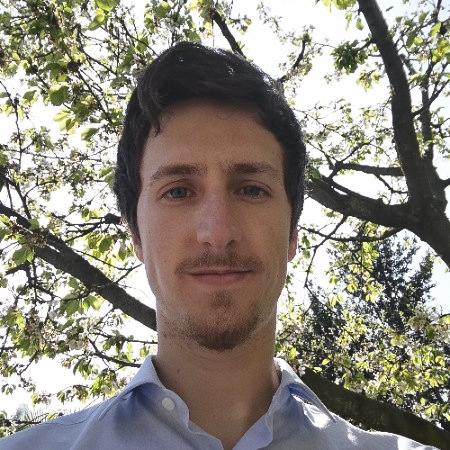
Teobaldo Luda
Teobaldo Luda
Institute for Plasma Physics
Friday, February 19, 2021
10:00am
Virtual
Abstract: The design of future fusion reactors and their operational scenarios requires an accurate prediction of the plasma confinement. We have developed a new model that integrates different elements describing the main physics phenomena which determine plasma confinement. In particular, we are coupling a new pedestal transport model, based on empirical observations, to the ASTRA transport code, which, together with the TGLF turbulent transport model and the NCLASS neoclassical transport model, allows us to describe transport from the magnetic axis to the separatrix. We also coupled a simple scrape-off layer model to ASTRA, which provides the boundary conditions at the separatrix, which are a function of the main engineering parameters. By this way no experimental data of the kinetic profiles is needed, and the only inputs of the model are the magnetic field, the plasma current, the heating power, the fueling rate, the seeding rate, the plasma geometry, and the effective charge. In the modeling work-flow, first a scan in pedestal pressure is performed, by changing the pedestal width. Then the pedestal top pressure is determined using the MISHKA MHD stability code. This modeling framework is tested by simulating ASDEX Upgrade discharges. We show comparisons with experimental scans of the main engineering parameters, such as fueling, heating power, current, magnetic field, and triangularity. The changes of the pedestal structure and the gradients in the plasma core, due to the different combinations of the operational parameters, are well captured by the model. We also show that the predicted pedestal and global stored energies are in good agreement with the experimental measurements, and more accurate with respect to the prediction of the IPB98(y,2) scaling law. The long term goal is to obtain a robust and complete model which can be used to identify important hidden dependencies affecting global plasma confinement, which are difficult to capture by statistical regressions on global parameters.
Bio: Teobaldo Luda graduated in energy and nuclear engineering at the Turin Institute of Technology (Italy). His interest in nuclear fusion led him to conduct his master thesis at General Atomics, as a visiting student at the University of Californa San Diego. Supervised by Orso Meneghini, he developed a neural network that accelerates the calculation of the core turbulent transport fluxes, by performing a regression of the TGLF model. While searching for a PhD position in plasma physics, he performed an internship at the National Research Council in Milan, working with Paola Mantica at the analysis of JET experiments. This activity involved the inference of core turbulence transport properties in plasmas with ICRH modulation. Following his passion for turbulence and transport, he got a PhD position at the Max-Planck-Institute for Plasmaphysics (IPP) in Garching (Germany). Under the supervision of Clemente Angioni, the thesis focused on the development of an integrated model for the prediction of plasma confinement. The model has been validated on a database of ASDEX Upgrade experiments with very successful results. Dr. Luda is now continuing his work in IPP with a Post-Doc, with the goal of extending the integrated model to other tokamaks.